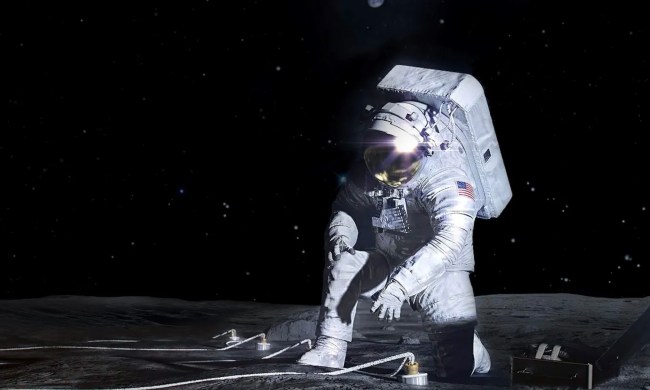Even in space, you have to go, and NASA is looking for help from the public to design a new toilet for its astronauts to use in space and on the moon.
“As NASA prepares for our return to the moon, innumerable activities to equip, shelter, and otherwise support future astronauts are underway,” NASA announced on its website. “These astronauts will be eating and drinking, and subsequently urinating and defecating in microgravity and lunar gravity.
“While astronauts are in the cabin and out of their spacesuits, they will need a toilet that has all the same capabilities as ones here on Earth. NASA is calling on the global community for novel design concepts for compact toilets that can operate in both microgravity and lunar gravity. These designs may be adapted for use in the Artemis lunar landers that take us back to the Moon.”

There are space loos already in operation on the International Space Station. However, these are designed for the weightless, essentially zero gravity, environment. When astronauts are on the moon, they’ll be in a low gravity environment, with around 17% of the gravity on Earth. The challenge is to come up with a toilet design that works in both microgravity and low gravity environments.
There are, as you can imagine, very specific requirements for a space latrine. As well as the gravity issue, the toilet must be lightweight (less than 15 kg), compact (occupying no more than 0.12 m3) and power-efficient (using less than 70 watts of power). It’ll also need to accommodate a range of astronaut body sizes and requirements, be clean and safe to use, and allow for easy cleaning and maintenance.
If you’re up for the challenge, you can create a team to submit your concepts to NASA by August 17, in the form of a 3D CAD file.
There’s a total prize of $35,000 to be shared between the top three ranked designs, and winning teams will also be invited to speak with NASA engineers and tour the Johnson Space Center. Young people are invited to take part as well, with a Junior category for under-18s to submit their ideas and receive prizes from NASA.
To learn more about the challenge or to submit your design, you can head to the HeroX NASA Lunar Loo Challenge website.



